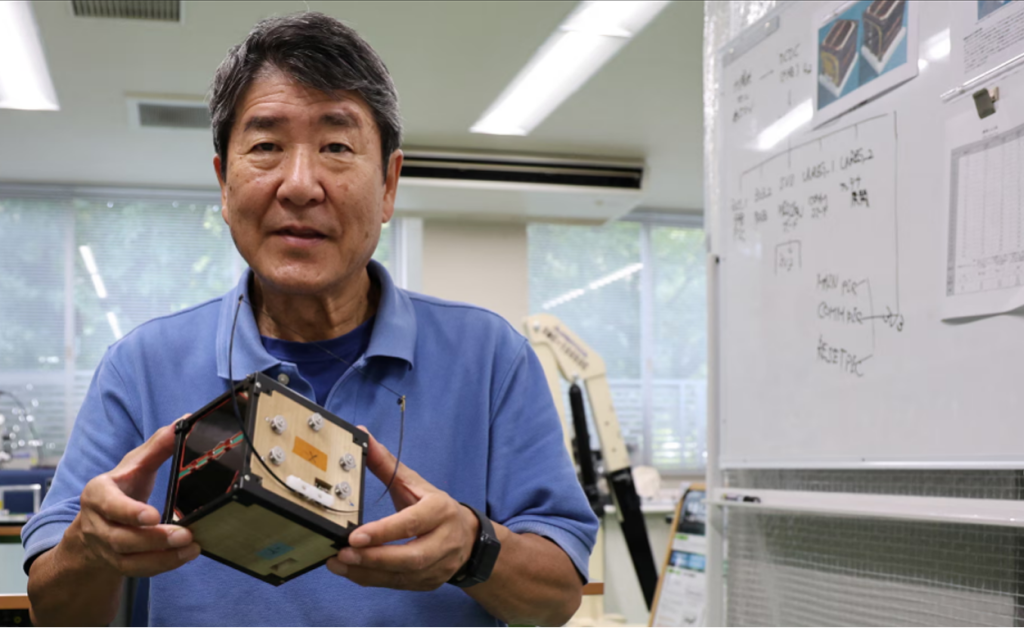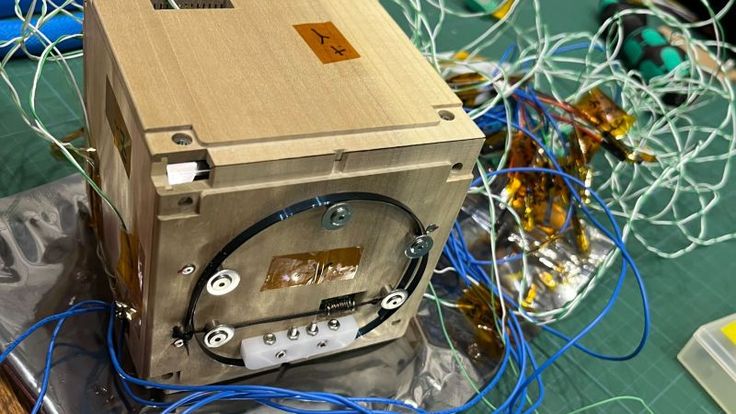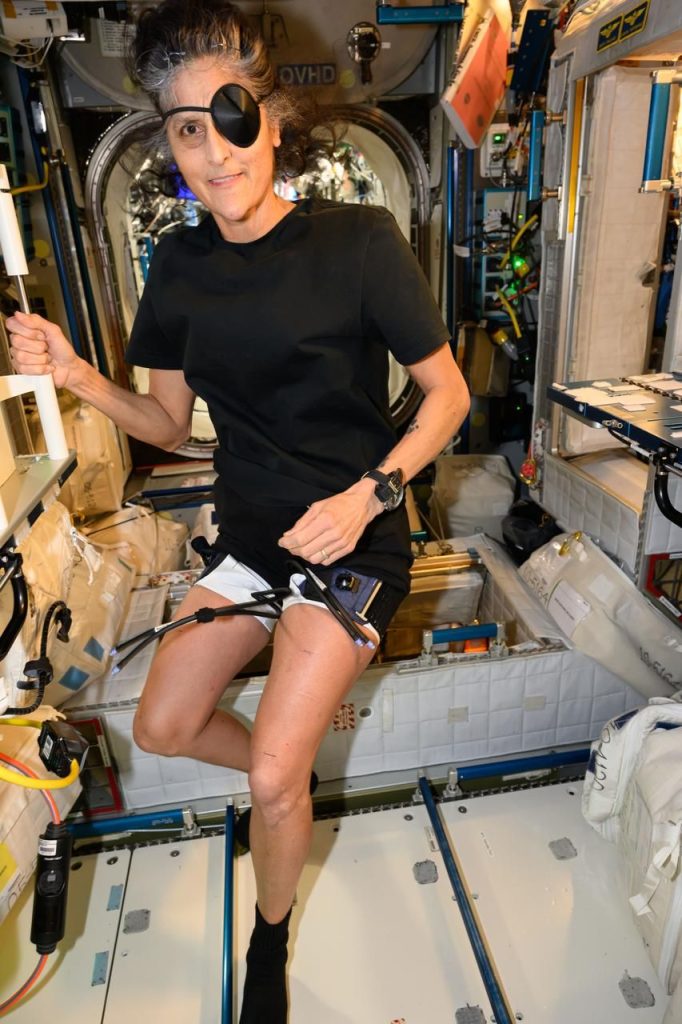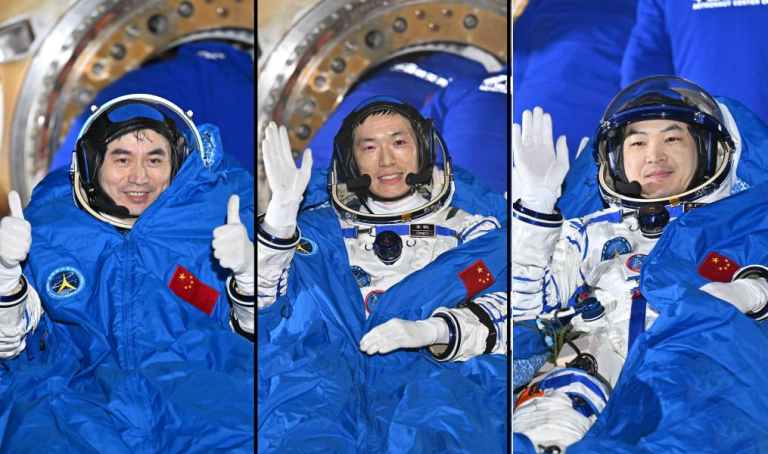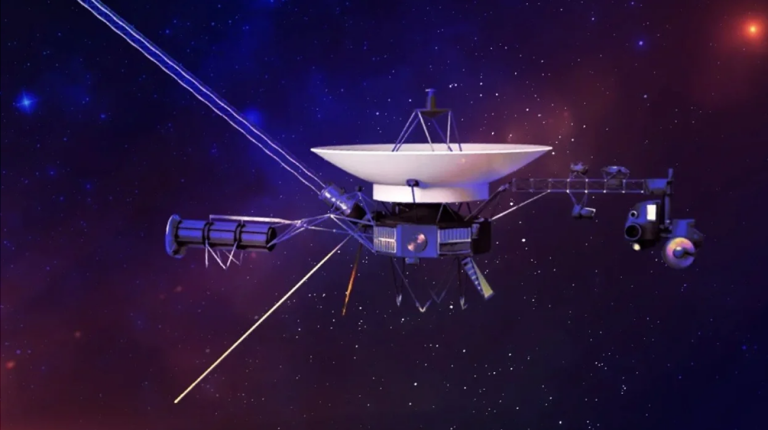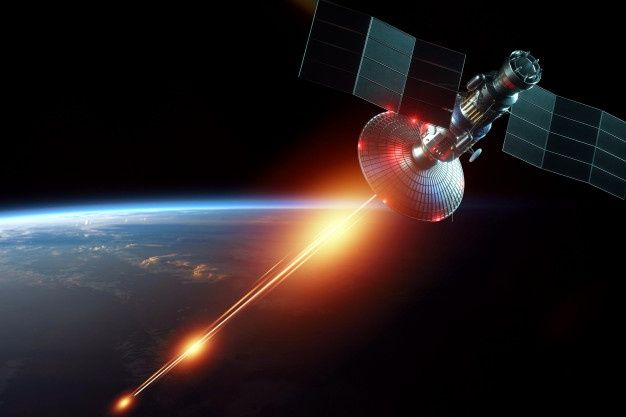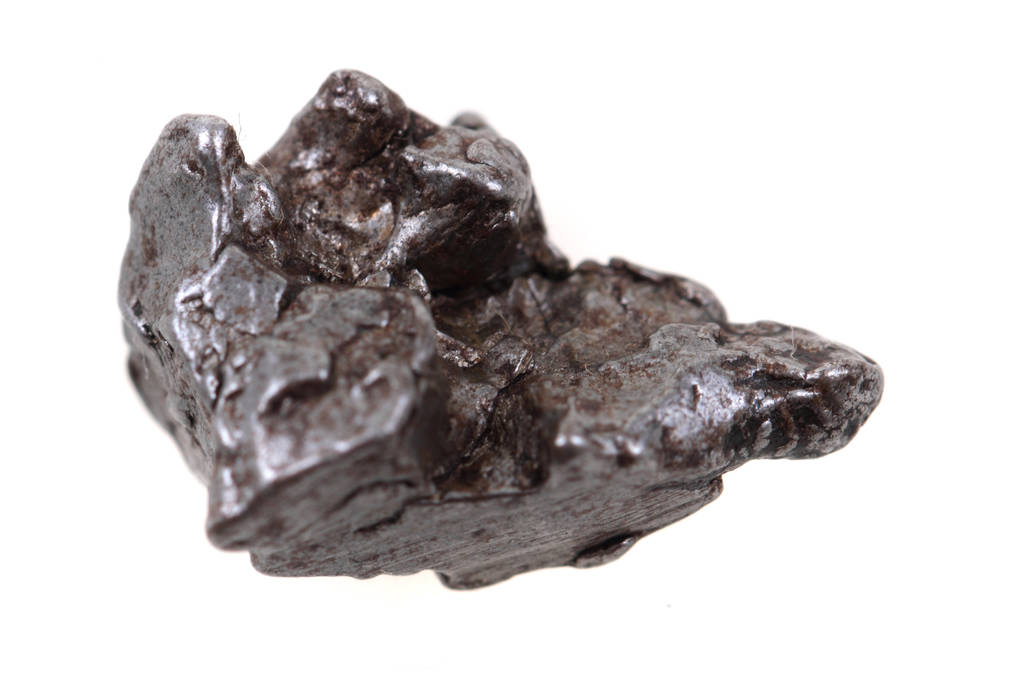Project Hyperion: Designing Humanity’s First Generation Ship
Project Hyperion represents a bold initiative to design humanity’s first interstellar generation ship. The goal is to develop a spacecraft capable of transporting humans across the vast distances of space, specifically to exoplanets, with current and near-future technologies. Unlike traditional space exploration methods, which focus on robotic missions or “fast” propulsion systems, Project Hyperion centers around creating a self-sustaining, generational spacecraft that can house thousands of passengers for centuries.
This approach takes into account not just technological aspects such as propulsion and life support, but also the societal, biological, and cultural challenges of such a long journey. The project is an interdisciplinary effort involving architects, engineers, and anthropologists, marking a significant step in the future of space exploration.
Summary:
- Objective: Develop a generation ship to transport humans to other star systems.
- Challenges: Must sustain life for hundreds of years with current and near-future technologies.
- Key Components: Advanced propulsion systems, bioregenerative life support, artificial gravity, and societal structures.
- Competition: Open to public participation, awarding a total of $10,000 for the best designs.
- Interdisciplinary Team: Involves experts from space agencies, universities, and non-profit organizations.
- Prize Details: Top entries will be awarded $5,000, $3,000, and $2,000, with honorary mentions for creative ideas.
- Mission Duration: 250 years from launch to arrival at the target star system.
- Spacecraft Requirements: Atmospheric conditions like Earth, protection from cosmic hazards, and a rotating habitat for artificial gravity.
- Society Considerations: Must plan for the evolution of culture, ethics, language, and family structure over generations.
- Health and Safety: Both the architecture and the crew’s biology and culture must be maintained over centuries.
Introduction
Humanity’s dream of traveling to distant stars is inching closer to reality. Project Hyperion is an initiative aiming to design humanity’s first interstellar generation ship capable of supporting human life for the hundreds of years required for interstellar travel. Unlike traditional methods that focus on short-duration missions or robotic probes, this project seeks to create a self-sustaining spacecraft to transport humans to nearby star systems.
The project is particularly exciting because it draws upon modern technologies, interdisciplinary collaboration, and bold design ideas. It offers a prize competition for the best designs, with contributions from around the world to address not only technological challenges but also the societal, biological, and cultural aspects of such a monumental journey.
The History of Generation Ships
The idea of generation ships goes back over a century. Early pioneers like Robert H. Goddard, considered the father of modern rocketry, imagined ships that could travel through space over long periods. His 1918 proposal outlined the possibility of atomic-powered ships carrying humans on interstellar voyages. Similarly, Konstantin Tsiolkovsky in the 1920s expanded on these ideas, suggesting ships that would rely on human crews for the entire journey rather than on suspended animation or robotic probes.
In the 1960s, Robert Enzmann, a NASA scientist, designed the “Enzmann Starship”, a ship that could carry 200 people on a journey to the stars. This design, along with others, laid the groundwork for the concept of generation ships and continues to influence current thinking in Project Hyperion.
Why Generation Ships?
The distances between stars are vast, and even the closest star to Earth, Proxima Centauri, is over 4 light-years away. Current propulsion methods, like conventional rocket engines, would take thousands of years to reach even the nearest stars. Generation ships overcome this issue by relying on slower but more sustainable propulsion methods like fusion. They are designed to support multiple generations of humans as they travel across space.
The self-sustaining nature of a generation ship makes it the only feasible option for long-term space travel. By creating a closed-loop ecological system onboard, it ensures the crew has access to essential resources like air, water, and food. As Project Hyperion aims to demonstrate, this approach offers the possibility of humans living, working, and even thriving in space for generations.
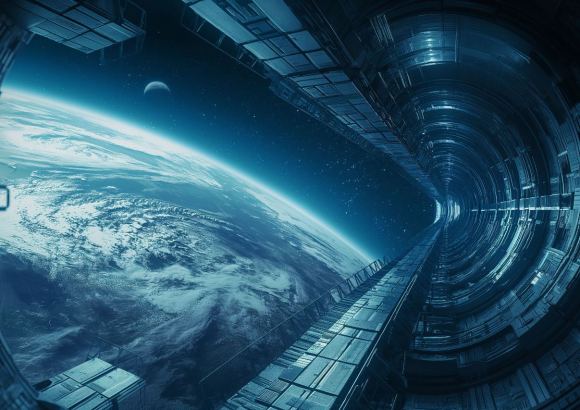
Challenges of Designing a Generation Ship
Designing a generation ship involves a multitude of challenges, which have been addressed by various teams working under Project Hyperion.
1. Propulsion
One of the most critical elements of any interstellar mission is propulsion. To travel to another star system, Project Hyperion suggests relying on fusion-based propulsion, which can allow the spacecraft to reach speeds up to 10-20% of the speed of light. While fusion technology is still in its infancy, this is one of the most promising methods of propulsion for long-distance interstellar travel.
2. Life Support Systems
For the generation ship to work, it must have bioregenerative life support that can continuously regenerate air, water, and food over many generations. The Biosphere 2 project is a prime example of how human life can be sustained in closed environments, offering insights into how the Project Hyperion ship could support life for centuries. The crew will need to recycle resources efficiently, grow food in space, and keep the environment stable.
3. Artificial Gravity
To ensure the health of the crew, artificial gravity is necessary to prevent bone loss and muscle atrophy, which are common in low-gravity environments. By rotating parts of the spacecraft, Project Hyperion would simulate gravity, creating a livable space for human health.
The Society Aboard the Generation Ship
In addition to the technical and biological challenges, there is also the need to address the sociocultural factors of life aboard a generation ship. Over the course of 250 years, the passengers will experience changes in society, culture, and genealogy.
Maintaining a stable society will require careful planning. The crew will need to ensure that cultural evolution, language, and family structures remain intact. Dr. Cameron Smith, an anthropologist, has suggested that understanding how cultures evolve in isolated environments is crucial. According to Smith, “Evolution is at the heart of all life sciences, and it also, in many ways, applies to society. The society aboard a generation ship must adapt to the unique conditions of space travel, and evolve over time to ensure its survival” (Cameron Smith).
Maintaining Genetic Diversity
One significant concern will be maintaining genetic diversity. With only a limited number of humans onboard, the population could become genetically homogeneous, risking the emergence of genetic disorders. For this reason, it may be necessary to incorporate cryogenic sperm banks and embryo storage to ensure genetic diversity over generations.

The Competition: Project Hyperion’s Design Challenge
To solve these challenges, Project Hyperion has opened a competition for designers worldwide. The goal is to create the most effective design for a generation ship that can transport humans across space to another star system. The competition offers a total of $10,000 in prizes, with $5,000 for first place, $3,000 for second, and $2,000 for third.
Designers will need to take into account a variety of factors, including spacecraft size, population capacity, self-sustaining life support, artificial gravity, and interstellar propulsion. The best designs will demonstrate an innovative approach to the practical and theoretical challenges of interstellar travel.
If you are interested in the competition or have more questions, you should contact the Initiative for Interstellar Studies. You can email them at info@i4is.org The Initiative for Interstellar Studies, also known as i4is, will answer questions. They will be available for Q&A until December 1st, 2024.
References
- Biosphere 2. Human-Space Exploration Insights. Biosphere 2
- Yaz Gidemirbas. About Yaz Gidemirbas. Yaz Gidemirbas
- B2Science. Center for Human Space Exploration (CHASE). B2Science
- Cameron Smith. Anthropology and Space Exploration. Cameron Smith Profile
- Project Hyperion PDF. Project Hyperion Resources. Project Hyperion PDF
- Project Hyperion. Official Site for Project Hyperion. Project Hyperion



